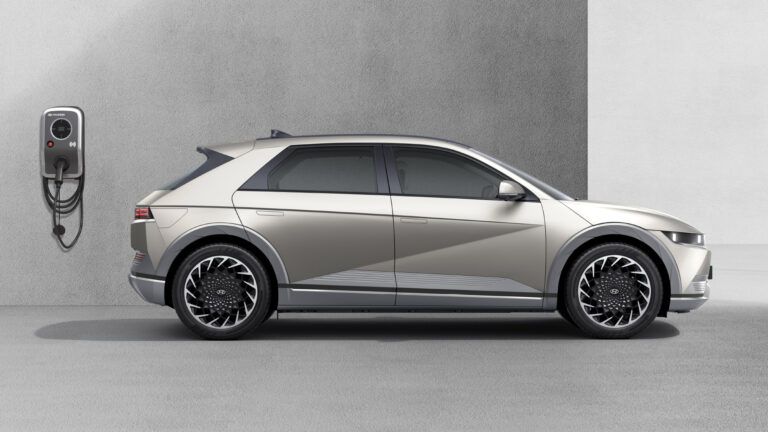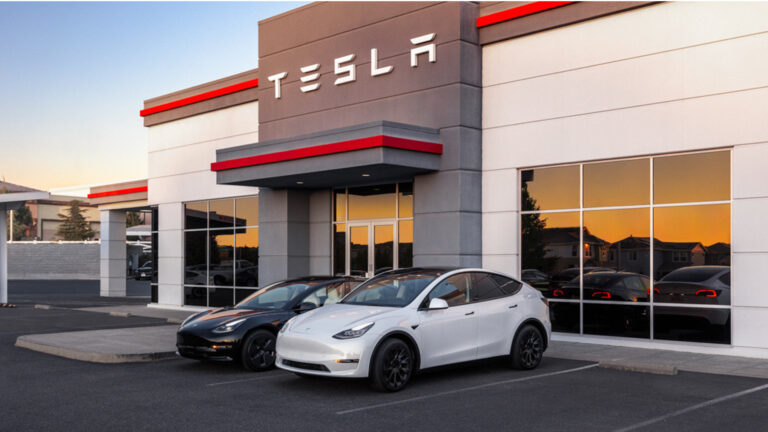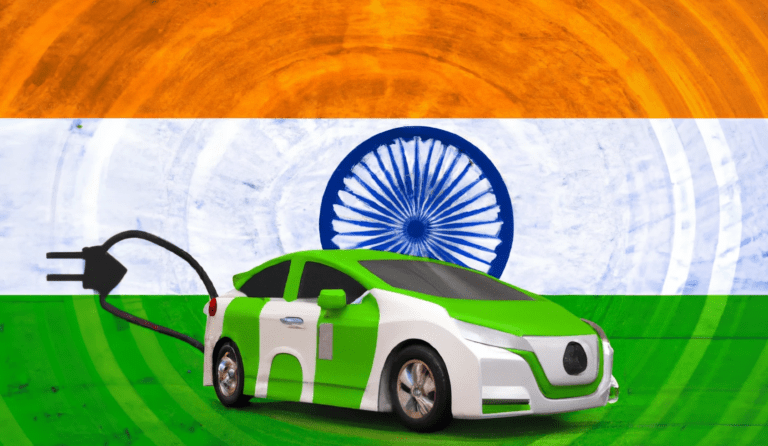Ola Electric plans to let go of around 400–500 staff members over the following weeks. The Economic Times reported that the aim is to reduce operating costs ahead of the company’s proposed initial public offering (IPO).
According to the article, the company will replace some of the affected staff with new hires at a lower cost. However, the overall headcount will more likely decline.
A source cited in the paper:
They (the Ola Electric team) are finalizing the list across different teams. Three to four teams have already finalized the numbers, but the layoffs will be made across the company.
Last year, when it presented its draft IPO filings in December, Ola Electric stated that it had 3,733 workers as of October 2023. The draft papers indicate that in FY23, the company’s staff turnover rate was 47.48%.
The Securities and Exchange Board of India (Sebi) is reviewing Ola’s application for an initial public offering. Through the offering of fresh shares, the company hopes to raise Rs 5,500 crore.
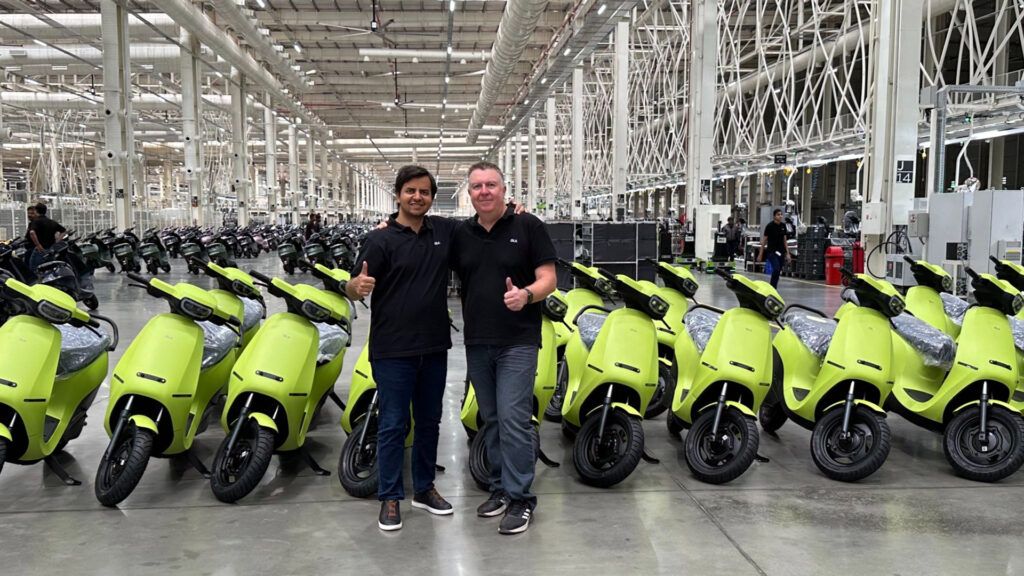
Leadership Changes and Layoffs
CEO Bhavish Aggarwal collaborates closely with the “CXO team,” which consists of his brother Ankush Aggarwal, who left Ola Electric to join Ola Cabs as chief business officer.
The insider stated:
As both units—cabs and electric vehicles—are in different phases of going public, the group’s priority is achieving profitability. That’s what Bhavish Aggarwal instructed.
Moreover, Ola Cabs, the ride-hailing division of the Ola Group, reportedly fired about 200 workers in April. Hemant Bakshi, the chief executive of Ola Cabs, and Kartik Gupta, the CFO, both left the firm in less than two weeks.
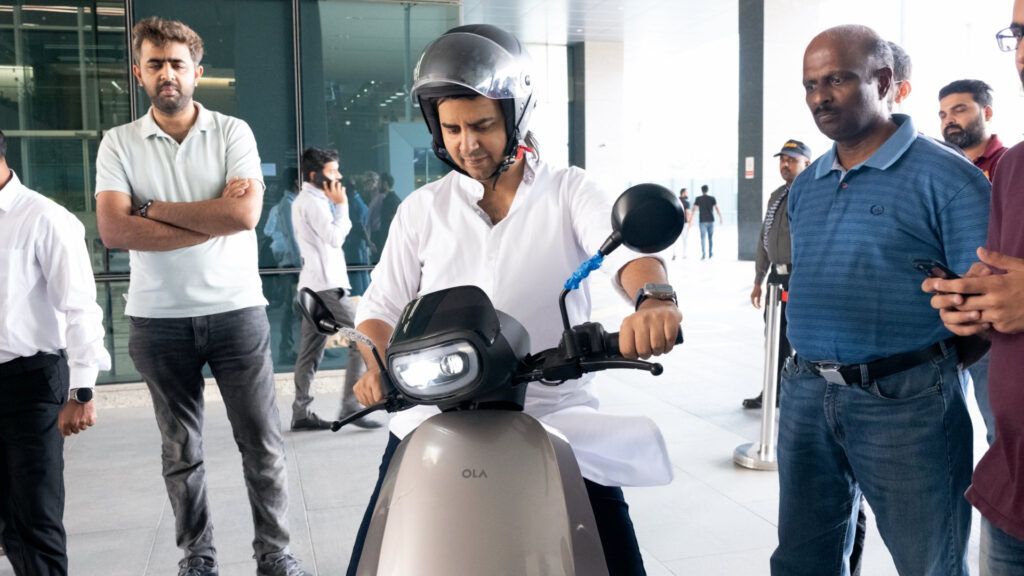
Ola Electric e2w Market Dominance
Ola Electric’s employment layoffs are part of its strategy to maintain its dominant position in India’s electric scooter sector. With sales of over 37,000 scooters in May, the company took a 50% market share. According to the data, the sector saw a 17% increase in non-commercial e2w sales in May over the previous month, with over 74,000 units sold.
However, the company sold 33,000 units in April, which resulted in a drop in overall sales. Though it didn’t match its record-breaking achievement in March when it sold over 50,000 units, it retained its top spot.
There is intense competition in the electric scooter market, as established brands like TVS Motors and Bajaj Auto have increased their market shares to 19% and 12%, respectively, in FY24.





